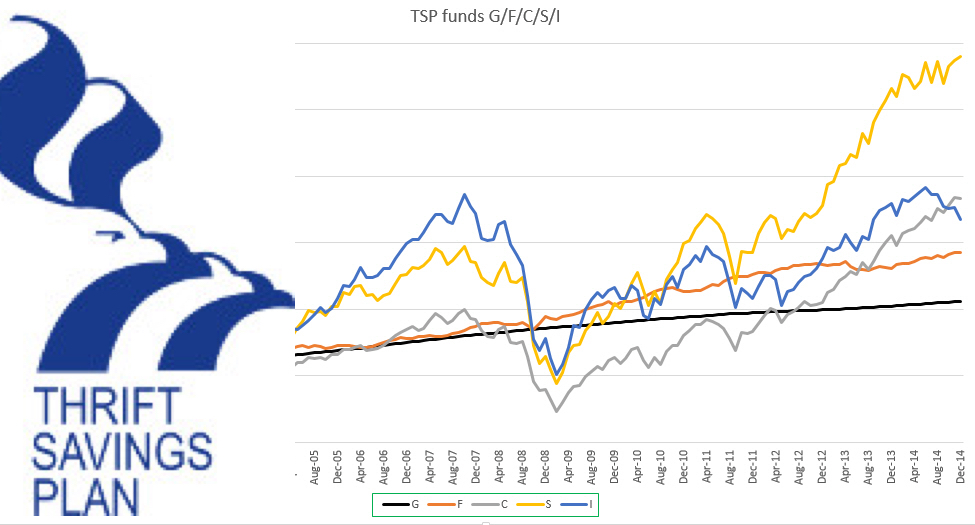Changes to 401(k) and IRS Limits in 2019

Good news for the retirement income savers! They can now contribute an extra of $500 in the 401(k)s and IRA according to the adjustments made for the cost of living for 2019. This means that unlike before, they can now contribute up to $6000 which is an increase from 2018’s $5500.
Employees with a higher income will be able to contribute to Roth IRAs and are also eligible to claim the retirement saver’s tax credit. Here is a comprehensive outline of the changes.
The 401(k) contribution limit in 2019
The contribution limits for most 457 plans, 403(b)s, federal government’s Thrift Savings Plan and the 401(k)s will rise to $19,000, an increase from $18,500 in 2018. If you are already contributing to your retirement account, the best thing to do is keep delaying your paycheck so that you can easily contribute to the retirement account following these new and higher limits. The increments will allow you to get more tax benefits on your savings. The workers will be able to delay their income tax on about $42 more per month which is an excellent way to increase their retirement income.
The IRA income cutoffs
The employees without access to a 401(k) plan or that sort of retirement account can still contribute to a tax deductive IRA account. This is regardless of what they earn. However, workers who have access to a 401(k) plan will be allowed to claim a tax deduction on their IRA contribution if they earn a higher income. The ability to claim the deduction from IRA will be based on the contribution limit and whether they file as a couple or single which will determine if they can deduct some or all of their IRA contribution. Those earning over $74,000 as an individual or $123,000 as a couple are not allowed to file for the tax deduction.
ROTH IRA income limits
This account’s contributions allow you to be eligible for tax-free investment growth and withdrawals in retirement. Workers will be able to earn an extra $2,000 in 2019 and $4,000 for married couples and still qualify for contributing to the Roth IRA. However, those who earn more than $122,000 and $193,000 as individuals and as a couple respectively are prohibited from making the Roth IRA contributions. Individuals and couples earning more than $137,000 and $203,000 respectively will not be able to make direct contributions to a ROTH IRA. ROTH account is most preferred because any withdrawals made in retirement are tax-free.
Saver’s credit income limit
The low retirement income savers will be able to earn between $500 and $1000 more and be eligible for the saver’s credit. This tax credit is equivalent to approximately 10 to 50% of IRA and 401(k) for individuals and couples contributing up to $2,000 and $4,000 respectively. Consequently, the income limit for their credit will increase to $32,000, $48,000 and $64,000 for individuals, heads of households and couples respectively. The low earning retirement savers qualify for the biggest credit which is worth up to $1,000 for single savers and $2,000 for couples.







